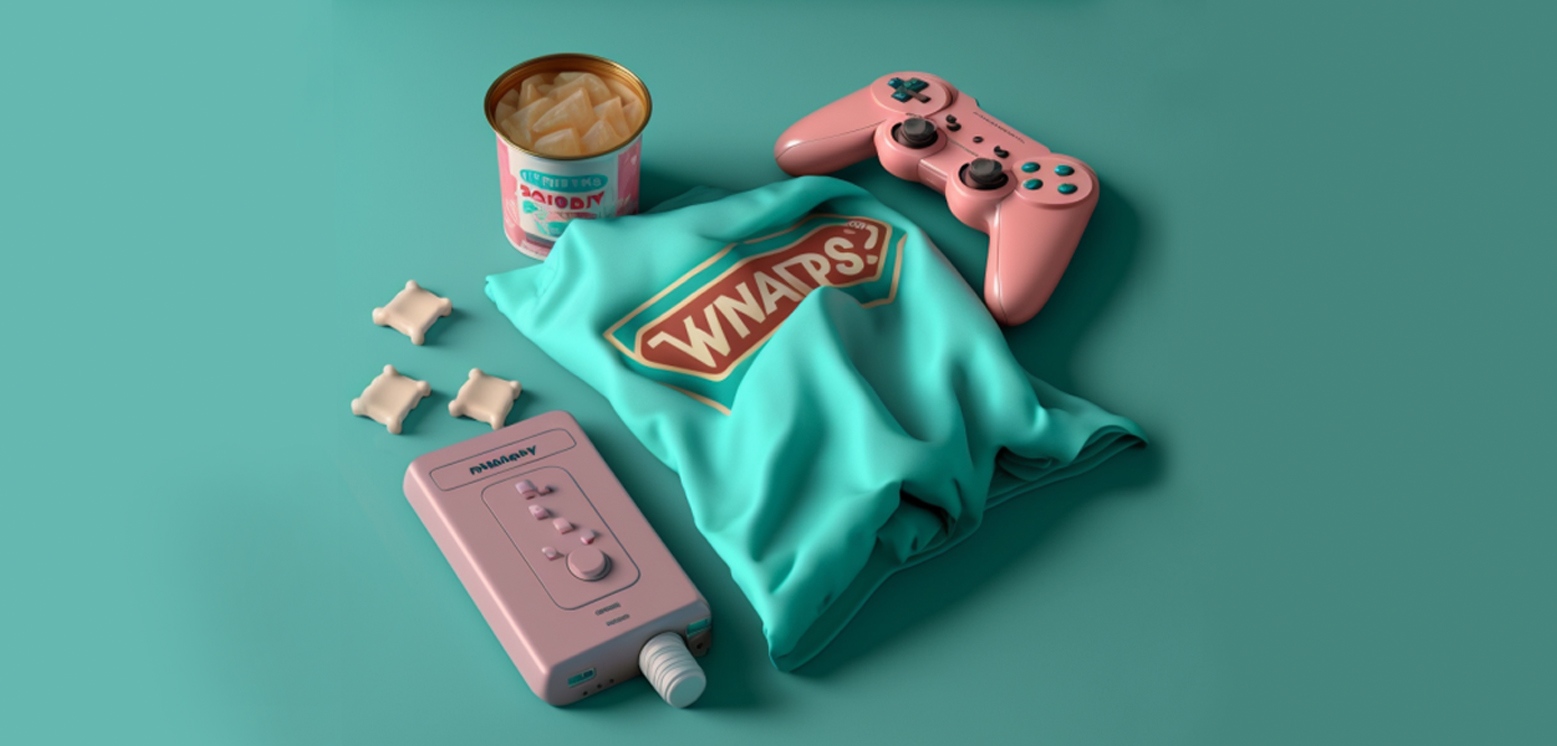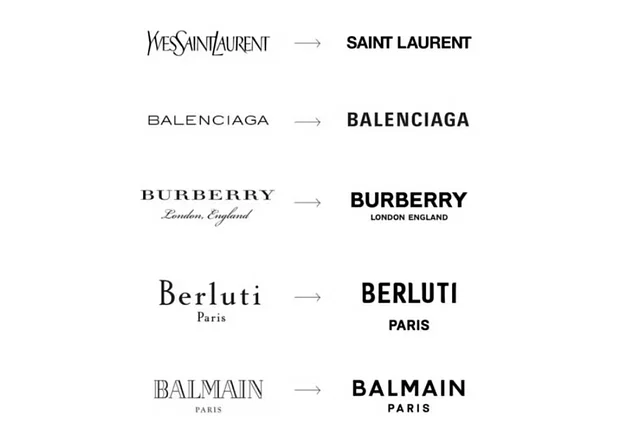
It is a cliché to say that brands are ubiquitous today. They encircle us in public spaces, they pop out of our cell phones, and they knock on our doors. They offer us experiences, well being, events, activities, community, storytelling, social currency, collaboration, catchphrases and a whole lot more.
Sometimes it’s all a bit too much.
This sense of brand overwhelm seems to be birthing a new way of thinking about brands. Call it minimalism, essentialism, or as we like to think of it, Brandlessness. Here are a few things that have caught our eye.
First off, the idea of the ‘Basics’ as brand. When ones needs a stapler, one needs a stapler. The emotional hook, line and sinker that one would associate with a brand seems unnecessary when all one needs is a steadfast paper fastener. Amazon Basics seems to have caught on to this idea. Rather than investing the energy and resources required in creating brands for myriad products, Amazon Basics offers a simple value proposition. Great quality at a great price. Of course, the brand that plays a role here is Amazon itself, and brings its might to bear upon the humblest of products one might buy.
The second idea that caught our eye is the somewhat whimsical concept of the ‘Brandless’ brand. A few years back, a company called Brandless began to sell quality unbranded products, where a jar of maple syrup would be called, well, maple syrup. IKEA in its stores in India sells a range of food products simply marked ‘coffee’ or ‘dark chocolate’.
While these ideas may seem novel or interesting at first sight, seasoned marketers would not agree.
These ideas have, after all, existed in forms like the ‘private label’ product in retail. One may also argue that ‘Brandless’ or ‘IKEA’ are the brands one is buying into. ‘Brandless’ sells to a consumer who rejects consumerism, and ‘IKEA’ sells to a consumer to whom one doesn’t have to say too much beyond ‘IKEA’.
There is, however, something larger happening in culture today. Seen in the light of these broader ideas, one begins to think if Brandlessness is just one part of a larger shift in the way one engages with the activities of commerce.
Any seasoned traveller would have noticed that malls and airports around the world seem to look the same. They activate the same senses, are laid out in the same intuitive structures, and sell almost the same products.
It is in this vein that a new idea called ‘Blanding’ is beginning to be talked about. The central thesis is that when globalisation, generational trends and technology converge, they flatten experiences across the board. This lays out the concept of Blanding in insightful detail. To quote from the piece.
“Seemingly all at once, the worldʼs biggest luxury fashion brands replaced their charmingly unique logos with nearly identical semi-bold, sans-serif, all-caps wordmarks. Squint, and you can hardly tell the difference.”

When we encounter a trend like this here at DY Works, we first ask ourselves why such a thing might be happening. What’s changing at the heart of the human experience that is manifesting in a trend such as this? We don’t have an answer yet, but we do have some interesting starting points.
We live in an attention economy today. The digital native is the first generation of human who experiences life as a constantly changing timeline of experiences. Ideas, even powerful ones, have a very short life span. In an earlier era a powerful brand logo, a tagline or even a jingle could stick in the collective consciousness. Everyone was watching chitrahaar at the same time, after all.
Consumerism was exciting and new.
Today, this is no longer the case. For a brand to stick in the consumer’s mind, it must be able to connect with a deeper emergent philosophy or aesthetic. Minimalism is one such aesthetic. In a world of clutter, it has caught the eye, and we find a host of brands which try to signal their adherence to the aesthetic of minimalism.
In a world where housing is becoming more and more difficult to access for a large part of the world, cottage core has emerged as both aesthetic and philosophy. When every individual is expected to be a social media star and express their truth, normcore emerges as a fashion aesthetic that celebrates the average.
The larger point is this. Deeper underlying human truths shape culture. And brands are outcomes of culture. Reference points in a constantly changing collective experience. An aspect of a deeper reality.
It is important to discover what that deeper reality is. To piece it together, to coax and cajole it until it reveals to us an insight that is satisfying. A viewpoint that is fresh. An understanding that is enlightening.
When one encounters an idea like Brandlessness, it is important not to jump to the obvious conclusion that people want fewer brands in the world. The deeper realization is to see that people want different brands in the world. And then to go out and build them.
The business of brands is changing fast today. Every day is a new day, and you’re always getting started.